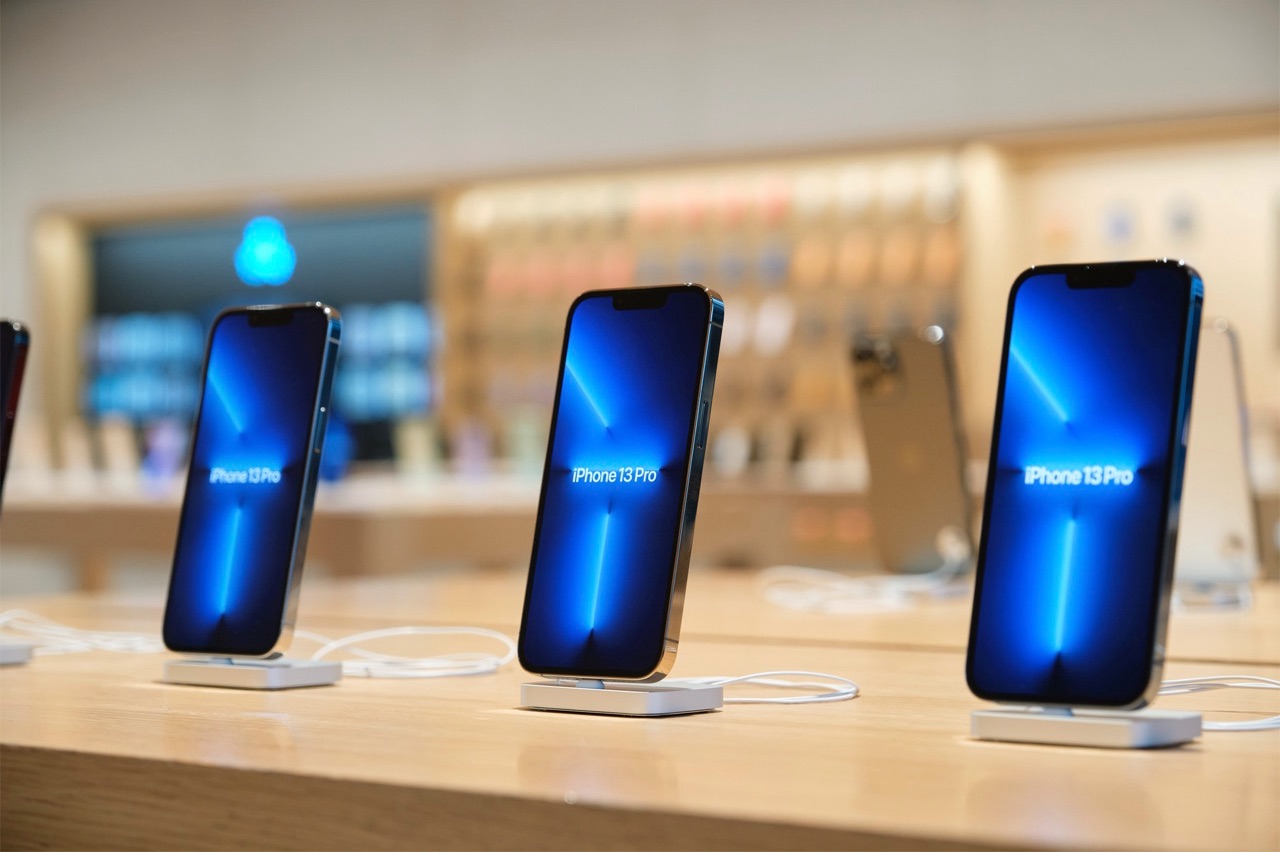Your viewing experience will not be the same on both devices. First of all, the screen technology (OLED vs LCD) differs, so it looks slightly different. But there are also differences with regard to ProMotion: the iPhone can switch between 12 different refresh rates, while the iPad Pro only has 5. This is according to a support document for developers, in which they receive instructions on how to activate ProMotion in third-party apps. The iPhone's screen is more advanced: not only can it handle deeper blacks, but it can also adjust the refresh rate on many more levels.
Framerates on the iPhone 13 Pro
< p>These are the refresh rates that the iPhone 13 Pro and iPhone 13 Pro Max support. Only the values with an asterisk can be found on the iPad Pro:
- 120Hz (8ms)*
- 80Hz (12ms)
- 60Hz (16ms)*
- 48Hz (20ms)
- 40Hz (25ms)*
- 30Hz (33ms)*
- 20Hz (50ms)
- 16Hz (62ms)
- 15Hz (66ms)
- 12Hz (83ms) )
- 10Hz (100ms)
< li>24Hz (41ms)*


Apple added ProMotion to the iPad Pro in 2017, citing smooth scrolling, faster screen rule, and smoother moving content as benefits. The Apple Pencil is also more responsive, with a latency of only 20 milliseconds. Furthermore, the screen consumes less energy because it scales back to a lower refresh rate down to 10Hz if necessary. The iPad Pro can only go down to 24Hz. The Apple Watch is a completely different story: it doesn't have a ProMotion screen in it, but it can lower the refresh rate to 1Hz, allowing the always-on screen and consuming even less energy.
Apple recommends developers continue to use the lower frame rates to conserve battery life. Only with animations that need it, 120Hz is the best choice. You can read more about the ProMotion screen on the iPhone 13 Pro models and the iPad Pros in our explanation.

